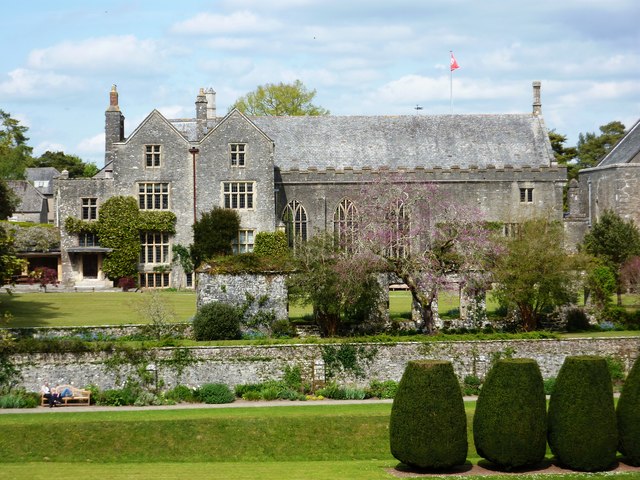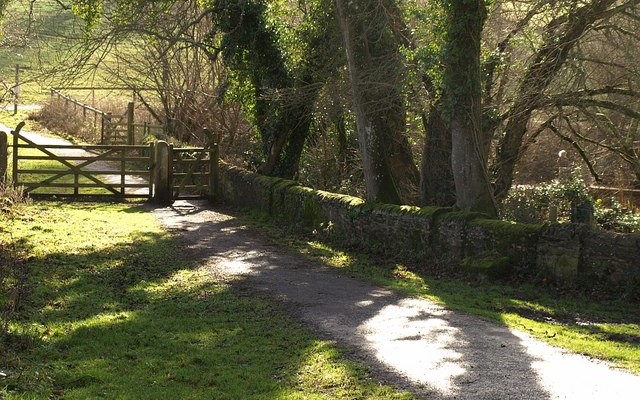Interesting information
The bridge dates to 1828 and marks the lowest bridging point on the River Dart. On the opposite bank is Totnes’ ancient suburb of Bridgetown, once a separate borough in its own right.
Brutus bridge was built in 1982 to carry the Totnes Relief Road. The Brutus after whom it is named is a mythical figure said to have given his name to Britain; the Brutus Stone in the High Street may commemorate the town’s meeting place in Anglo-Saxon times.
The railway bridge carries the main line from London and the north to Plymouth and Cornwall. The right fork here crosses the river to Totnes Riverside station, the terminus of the South Devon Railway.
The leat is part of the historic drainage system which used to supply power to the old riverside industries in Totnes as well as help drain the marshland.
The lodge dates to the 1860s. For a while it is said to have been inhabited by Sean O’Casey, the Irish playwright, who came here in 1938 so that his children could attend Dartington Hall School.
The road crosses ancient marshland at the confluence of the Dart and its tributary Bidwell Brook, now managed as a conservation area. The road, the original approach drive for Dartington Hall, climbs steadily, soon offering attractive views over the middle Dart Valley to the right.
Dartington Hall dates to the late 14th Century, with 16th, 17th and 18th Century alterations. It had fallen into a virtual ruin when taken over in 1925 by Leonard Elmhirst and his American wife Dorothy Whitney Straight. It became the centre of an experiment in rural regeneration, including farms, woodlands, craft education, a College of Arts, school and International Music Festivals and Summer Schools.
The view in the courtyard is a superb testimony both to the original medieval architecture and to the work of the Elmhirsts in its sensitive restoration, resulting in one of the most spectacular survivals of such architecture in England.
The re-establishment of the gardens was undertaken pre-war by the American designer Beatrix Ferrand and post-war by Percy Cane.
High Cross house was built in 1932, designed by the American architect W. Lescaze, and is said to be one of the first in the country in what was known as the International Modern Style.
Through the gate is the campus of the Dartington Cider Press Centre. It is well worth browsing the glass, pottery, local food, crafts, books and toys all available here. There are also refreshments and toilets.
These lime kilns date to the early 19th Century; the lime burnt would be used to fertilise the soil.
The mill dates to 1931 and was a textile mill established as part of the Dartington Hall experiment. It was built on the site of an older mill.

